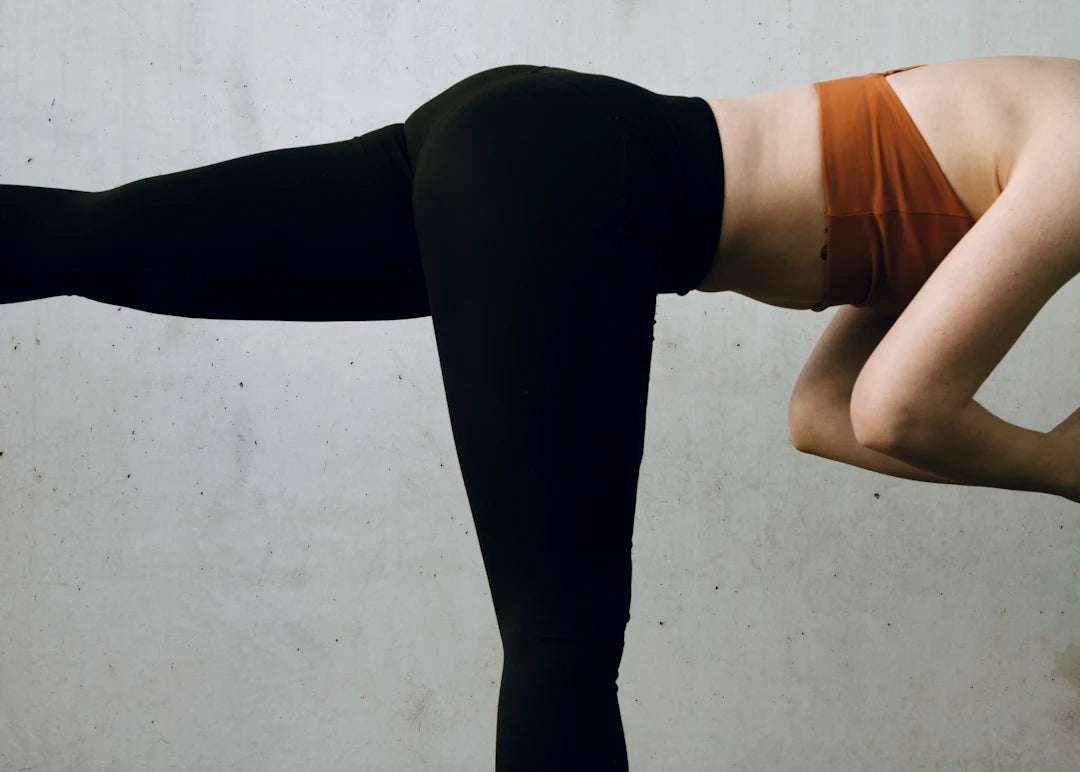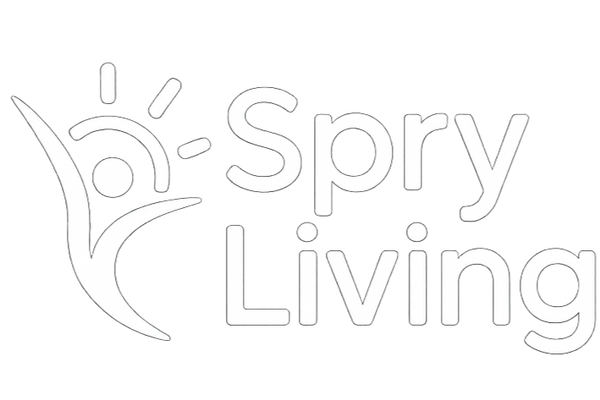
Setting Realistic Fitness Goals for Seniors
Share
Overview
This blog provides a comprehensive guide for seniors on setting realistic fitness goals and overcoming common challenges like joint pain and motivation struggles. Key points include understanding the importance of fitness, assessing your current fitness level, setting SMART goals, choosing safe exercises, building a consistent routine, and maintaining motivation. The article emphasizes the benefits of staying active, such as improved mobility, balance, and mental health, while encouraging the incorporation of healthy lifestyle habits for overall well-being.
Frequently Asked Questions
1. What are the benefits of setting fitness goals for senior adults?
2. What challenges might older adults face when setting fitness goals?
3. How can seniors set realistic fitness goals?
4. What types of exercises are safe for adults 50 and older?
5. How can seniors maintain motivation for their fitness routines?
Welcome to our guide on setting realistic fitness goals for senior adults! Whether you're just starting your fitness journey or looking to enhance your existing routine, this article will provide you with valuable insights and actionable advice to help you succeed. As we age, it's essential to prioritize our health through safe exercises for adults 50+. This will not only improve our physical capabilities but can also boost our overall well-being.
Understanding the Importance of Fitness Goals
Setting fitness goals is not just about losing weight or looking good; it's about enhancing your quality of life. As we age, maintaining good physical health becomes increasingly crucial. Here are some key benefits of staying active:
- Improved Mobility: Regular exercise helps keep joints flexible and muscles strong.
- Better Balance: By engaging in safe exercises for adults 50+, you can help reduce the risk of falls.
- Enhanced Mental Health: Physical activity releases endorphins, which can improve mood and reduce stress.
- Social Interaction: Group exercises, classes, or clubs can foster a sense of community.
Common Challenges Faced by Older Adults
Setting fitness goals can sometimes feel daunting, especially for those over 50. It’s important to recognize and acknowledge challenges that may arise:
Joint Pain
Many older adults experience joint pain, which can deter them from engaging in regular physical activity. It’s essential to choose low-impact exercises that put less strain on the joints, such as swimming or cycling.
Balance Issues
Maintaining balance is crucial for preventing falls. Incorporating balance exercises like tai chi or simple standing on one foot can help enhance stability.
Motivation Struggles
Finding the motivation to exercise can be challenging, especially if one feels overwhelmed by the thought of starting a new routine. Remember, it’s important to start small and gradually increase your activity level.
Setting Your Fitness Goals
Now that we’ve covered some of the common challenges, let’s delve into how to set realistic fitness goals that cater to your individual needs.
1. Assess Your Current Fitness Level
Before setting any goals, it’s essential to understand where you're currently at. Here’s how you can assess your fitness level:
- Take a Test: Try simple exercises like walking for 5-10 minutes and see how you feel.
- Consult a Professional: A physical therapist or a fitness trainer specializing in senior fitness can provide tailored advice.
- Listen to Your Body: Note any discomfort or limitations as you assess your fitness level.
2. Set SMART Goals
Your fitness goals should be SMART: Specific, Measurable, Achievable, Relevant, and Time-bound. Here are a few examples:
- Specific: Instead of saying "I want to exercise more," say "I will walk for 30 minutes, three times a week."
- Measurable: Track your progress using a journal or a fitness app.
- Achievable: Set goals that are realistic considering your current fitness level.
- Relevant: Make sure your goals are aligned with your overall health or social objectives.
- Time-bound: Give yourself a specific timeframe to achieve your goals.
3. Choose Safe Exercises for Adults 50+
Select exercises that focus on strength, flexibility, and balance. Here are some safe exercises for adults 50+:
- Walking: A simple, accessible way to get moving. Start with short walks and gradually increase the distance.
- Chair Exercises: These can include seated leg lifts or arm raises, perfect for improving flexibility without risking a fall.
- Yoga or Pilates: These practices can enhance strength and flexibility while promoting relaxation.
- Resistance Training: Use light weights or resistance bands to build strength. Start with 1-2 sessions per week.
Building a Routine
Creating a fitness routine will help you stay consistent in your efforts. Here’s a simple step-by-step guide to building a routine that works for you:
1. Schedule Your Workouts
Choose specific days and times for your workouts. Treat these appointments like important events to ensure you stick to them.
2. Start Slow and Gradually Progress
It’s essential to start with lower intensity and shorter sessions. As your fitness level improves, you can gradually increase your workout length and intensity.
3. Mix it Up
Incorporate a variety of activities to keep things exciting! Alternate between walking, stretching, strength training, and balance exercises throughout the week.
4. Stay Connected
Consider joining group classes or finding a workout buddy. Exercising with others can make staying active more enjoyable and motivate you to stick with your routine.
Maintaining Motivation
Staying motivated can sometimes be a challenge, but there are several strategies you can try:
- Celebrate Progress: Acknowledge and celebrate even small achievements in your fitness journey.
- Stay Flexible: If you miss a workout, don’t be too hard on yourself. Adapt and get back on track when you can.
- Set Reward Systems: Treat yourself for reaching small milestones—whether it's a new workout outfit or a special outing.
- Educate Yourself: Learn about the benefits of staying active, which can reinforce your commitment to your goals.
Incorporating Healthy Lifestyle Habits
Alongside setting fitness goals, incorporating healthy lifestyle habits will further enhance your efforts:
- Nutrition: Eat a balanced diet rich in fruits, vegetables, lean proteins, and whole grains. Proper nutrition supports your fitness goals and overall health.
- Stay Hydrated: Drink plenty of water before, during, and after exercise to keep your body hydrated.
- Get Enough Sleep: Aim for 7 to 9 hours of quality sleep per night to allow your body to recover.
Seek Guidance When Needed
If you’re unsure where to start or have existing health concerns, don’t hesitate to consult with your healthcare provider or a fitness professional. They can offer personalized recommendations tailored to your unique needs and circumstances.
Your Fitness Journey Awaits!
Embarking on a fitness journey is a rewarding experience that can positively impact your life in numerous ways. By setting realistic fitness goals and incorporating safe exercises for adults 50+, you’ll discover newfound strength, improved mobility, and enhanced mental well-being. Remember to celebrate your progress, stay connected with others, and adjust your plan as necessary. Now is the perfect time to move forward on your path to wellness!
